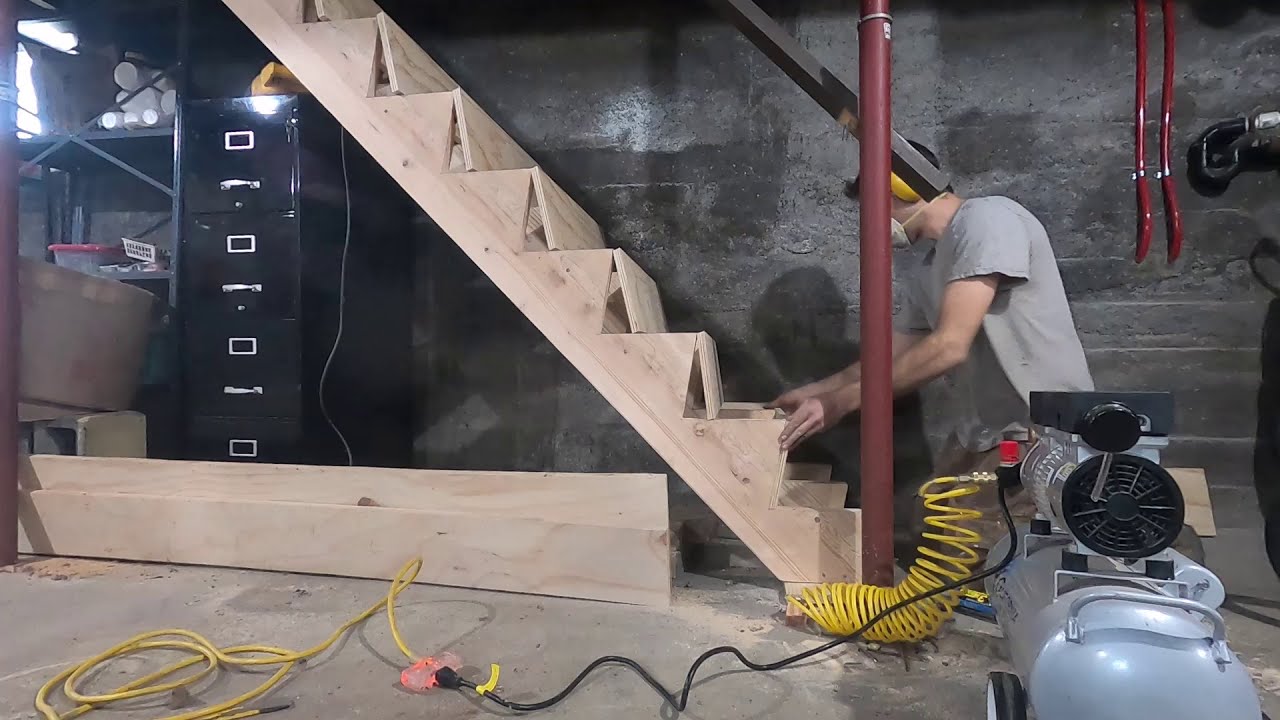

Articles
How Much To Replace Basement Stairs
Modified: February 23, 2024
Looking for articles on how much it costs to replace basement stairs? Explore our comprehensive guide to find out the average prices and factors to consider.
(Many of the links in this article redirect to a specific reviewed product. Your purchase of these products through affiliate links helps to generate commission for Storables.com, at no extra cost. Learn more)
Introduction
Basement stairs are an essential part of any home with a basement, providing access to the lower level. Over time, basement stairs may become worn out, damaged, or outdated, warranting the need for a replacement. However, many homeowners may wonder how much it will cost to replace their basement stairs.
The cost of replacing basement stairs can vary depending on several factors, including the materials used, labor costs, and additional expenses that may arise during the process. By understanding these factors and considering your specific requirements, you can estimate the potential cost of replacing your basement stairs.
In this article, we will explore the various factors that can affect the cost of replacing basement stairs, discuss different materials that can be used for the replacement, examine the average labor costs involved, and provide tips for hiring a contractor. Whether you’re planning a simple staircase update or a complete overhaul, this article will provide you with the information you need to make informed decisions about your basement stair replacement project.
Before we delve into the specifics, it’s worth noting that the information provided in this article is intended to serve as a general guide. The cost of replacing basement stairs can vary significantly depending on your location, the scope of work, and other factors specific to your project. It is always recommended to obtain multiple quotes from professional contractors to get an accurate estimate for your unique situation.
Now, let’s explore the various factors that can influence the overall cost of replacing basement stairs.
Key Takeaways:
- When replacing basement stairs, consider factors like size, materials, and labor costs. Choose from wood, metal, concrete, stone, or composite materials based on durability, maintenance, and budget.
- Whether DIY or hiring a professional, careful planning and thorough research are essential for a successful basement stair replacement project. Consider additional costs, obtain multiple quotes, and prioritize communication with the chosen contractor.
Factors Affecting the Cost of Replacing Basement Stairs
Several factors can influence the overall cost of replacing basement stairs. Understanding these factors will not only help you estimate the potential expenses but also enable you to make informed decisions about the materials and design of your new staircase. Here are the key factors that can affect the cost:
- Size and Complexity: The size and complexity of the staircase will have a significant impact on the cost. A standard straight staircase will generally be less expensive to replace compared to a curved or spiral staircase. The number of steps, the height and width of each step, and any additional features like landings or handrails will also contribute to the overall cost.
- Materials: The choice of materials for your basement stair replacement can greatly affect the cost. Common materials used include wood, metal, and concrete. Each material has its own price range, with wood being the most popular but potentially more expensive option. The type and quality of materials you choose will impact the overall durability and aesthetic appeal of your new staircase.
- Design and Style: The design and style of your basement stairs can also influence the cost. If you opt for a more intricate design or custom features, such as ornate balusters or intricate railings, it can increase the overall price. Additionally, incorporating unique design elements like open treads, glass panels, or integrated lighting can add an extra level of sophistication to your basement stairs but may come at an additional cost.
- Demolition and Removal: Before installing new basement stairs, it’s essential to consider the cost of demolishing and removing the existing stairs. The complexity and condition of the original stairs will impact the labor and disposal costs. In some cases, the existing stairs may need to be completely removed, while in others, they can be modified or built upon. It’s crucial to account for these expenses to get an accurate estimate.
- Site Preparation: Depending on the condition of your basement and the layout of the existing stairs, you may need to undertake some site preparation work. This can involve leveling the ground, repairing any structural issues, or creating a new opening. These additional preparatory tasks can add to the overall cost of the project.
By taking these factors into consideration and consulting with a professional contractor, you can get a better idea of how these variables will impact the cost of replacing your basement stairs. Next, we’ll dive into the different materials commonly used for basement stair replacements.
Materials for Basement Stair Replacement
When it comes to replacing your basement stairs, there is a variety of materials available, each with its own pros and cons in terms of cost, durability, and aesthetic appeal. Here are some common materials used for basement stair replacement:
- Wood: Wood is a popular choice for basement stairs due to its versatility and classic appeal. It offers a wide range of options in terms of species, finishes, and styles. Oak, maple, and pine are commonly used for basement stairs. Wood provides a warm and inviting look, but it may require periodic maintenance and refinishing to keep it in optimal condition.
- Metal: Metal staircases offer a sleek and modern look while being highly durable. Steel and wrought iron are commonly used for basement stair replacements. Metal stairs are known for their strength and longevity, making them an excellent choice for high-traffic areas. They can be customized with various finishes and designs to match your desired aesthetic. However, metal stairs can be more expensive compared to other materials.
- Concrete: Concrete stairs are a popular choice for basements due to their durability and low maintenance requirements. They can be precast or poured on-site, offering flexibility in terms of design and customization. Concrete stairs are known for their strength and ability to withstand heavy use, making them suitable for both indoor and outdoor settings. They can be finished with various textures and coatings to enhance their appearance.
- Stone or Tile: For an upscale and luxurious look, stone or tile can be used for basement stair replacements. Materials like marble, granite, or ceramic tiles can create a stylish and elegant staircase. Stone or tile stairs are durable and low maintenance, but they can be more expensive compared to other options. Care should be taken to choose slip-resistant surfaces for safety.
- Composite Materials: Composite materials, such as engineered wood or laminate, offer a budget-friendly alternative that replicates the look of natural wood. They are often moisture-resistant and durable, making them suitable for basements. Composite materials can provide a wide range of finishes and styles, allowing you to achieve the desired aesthetic at a lower cost.
When choosing the material for your basement stair replacement, consider factors such as durability, maintenance requirements, and cost. It’s also essential to take the overall style and design of your home into account to ensure that the material you choose complements your existing interior. Consulting with a professional contractor or design expert can help you make an informed decision based on your specific needs and preferences.
Next, let’s move on to discussing the labor costs involved in basement stair replacement and how they contribute to the overall project expenses.
Labor Costs for Basement Stair Replacement
When considering the cost of replacing basement stairs, it’s important to factor in the labor costs involved. The complexity of the project and the amount of work required will determine the amount of time and effort needed from the contractor or construction team. Labor costs typically account for a significant portion of the overall expenses. Here are some factors that can influence the labor costs for basement stair replacement:
- Demolition and Removal: If the existing basement stairs need to be demolished and removed, this can add to the labor costs. The process may involve tearing down the old stairs, disposing of debris, and preparing the area for the installation of the new staircase.
- Site Preparation: In cases where the site requires preparatory work, such as leveling the ground or repairing the structure, additional labor will be required. This can affect the overall cost of the project and the duration of the construction process.
- Installation of New Stairs: The installation of the new basement stairs involves precise measurements, cutting, and fitting the materials. The complexity of the staircase design, the number of steps, and any additional features like handrails or balusters can influence the labor costs. Custom designs or intricate details may require more skilled labor and, therefore, increase the overall expenses.
- Finishing and Detailing: Once the new stairs are installed, finishing touches and detailing are necessary. This can include sanding, staining, painting, or sealing the stairs, as well as attaching handrails or other decorative elements. Labor costs for these finishing tasks will depend on the specific requirements and the expertise needed.
It’s important to note that labor costs can vary depending on factors such as the location, the experience of the contractor, and the size of the project. Additionally, unexpected complications or modifications during the construction process can also impact labor costs.
To get an accurate estimate for the labor costs involved in basement stair replacement, it’s recommended to consult with multiple contractors. Obtain detailed quotes that outline the scope of work, including any demolition, site preparation, and installation requirements. This will help you compare prices and make an informed decision that aligns with your budget and timeline.
Now that we have covered the labor costs, let’s move on to discussing the average cost range for basement stair replacement.
Average Cost Range for Basement Stair Replacement
The cost of replacing basement stairs can vary widely depending on the factors we discussed earlier, such as the materials used, the complexity of the project, and the labor costs. It’s essential to have a realistic understanding of the average cost range to plan your budget effectively. While the actual cost will depend on your specific project, here is a general overview of the average cost range for basement stair replacement:
On the lower end, a simple and straightforward basement stair replacement project can cost around $1,000 to $2,000. This typically includes basic materials, minimal demolition and preparation, and standard-sized stairs without any custom features. Projects in this price range usually involve the use of more affordable materials like composite or basic wood.
In the mid-range, basement stair replacements can cost between $2,000 and $5,000. This range includes a wider variety of materials and design options, as well as potentially more complex stairs with custom features. The cost will also depend on factors such as the number of steps, the length of the staircase, and any additional components like handrails or landings.
On the higher end, more elaborate basement stair replacements can cost $5,000 or more. This range often includes premium materials like hardwood or metal, intricate designs, and high-quality finishes. Projects at this price point may also involve significant demolition, site preparation, or complex architectural elements. The price will increase further if you choose luxury materials like stone or tile.
It’s important to remember that these price ranges are approximate and can vary depending on several factors, including your location, the contractor you hire, and the specific details of your project. Obtaining multiple quotes from reputable contractors will give you a better understanding of the estimated costs for your specific basement stair replacement project.
Additionally, it’s worth mentioning that these cost ranges typically cover the materials and labor for the stair replacement itself. Extra costs may be incurred for additional services like permits, structural modifications, or professional design consultations.
Now that we have looked at the average cost range for basement stair replacement, let’s discuss some additional costs to consider when planning your project.
Read more: How To Build Basement Stairs
Additional Costs to Consider
When planning for a basement stair replacement project, it’s important to consider the additional costs that may arise beyond the materials and labor. These costs can vary depending on the specific circumstances of your project. Here are some additional expenses you should factor in:
- Permits: Depending on your location and local building codes, you may need to obtain permits for your basement stair replacement project. Permit costs can vary, and it’s important to check with your local authorities to determine what permits are necessary and how much they will cost.
- Structural Modifications: In some cases, basement stair replacements may require structural modifications to ensure structural integrity or compliance with building codes. These modifications may involve additional costs, such as hiring a structural engineer or obtaining engineering drawings.
- Finishing Touches: While the basic installation of the stairs may be covered in the labor costs, additional finishing touches can add to the overall expenses. This can include staining, painting, or sealing the stairs, as well as adding decorative elements like handrails, balusters, or newel posts.
- Safety Regulations: Depending on local building codes and safety regulations, you may need to install safety measures such as handrails, non-slip treads, or proper lighting. These safety features are important for ensuring the well-being of everyone using the basement stairs but may come with additional costs.
- Insurance: It’s always a good idea to review your homeowner’s insurance policy and determine if any adjustments or additions are needed to cover the new basement stair replacement. This may result in a slight increase in your insurance premiums.
- Professional Design or Consultation: Depending on your design preferences and the complexity of your project, you may choose to hire a professional designer or architect to assist with the planning and advice for your basement stair replacement. This additional expert consultation can add to the overall project costs.
These additional costs can vary significantly depending on your specific project requirements, location, and the extent of the work involved. It’s important to discuss these potential expenses with your contractor and obtain quotes or estimates to ensure that you have a comprehensive understanding of the overall project budget.
Now that we have discussed the additional costs to consider, let’s move on to the decision of whether to undertake the basement stair replacement as a DIY project or hire a professional.
When replacing basement stairs, consider the material, labor costs, and any additional structural work needed. Get multiple quotes from contractors to ensure you’re getting a fair price.
DIY vs. Hiring a Professional for Basement Stair Replacement
When it comes to basement stair replacement, one crucial decision you need to make is whether to tackle the project as a DIY endeavor or hire a professional contractor. Each option has its advantages and considerations. Let’s explore the pros and cons of each:
DIY:
Opting for a DIY basement stair replacement can be a cost-effective solution, especially if you have experience in construction and woodworking. Here are some benefits of taking the DIY route:
- Cost Savings: By doing the work yourself, you can potentially save on labor costs. However, do keep in mind that DIY projects may still have associated expenses, such as materials, tools, and permits.
- Flexibility and Control: DIY projects allow you to have complete control over the design, materials, and timeline. You can customize the project to your specific preferences and work at your own pace.
- Sense of Accomplishment: Completing a DIY project can provide a great sense of accomplishment and satisfaction. It allows you to learn new skills and take pride in the finished result.
However, it’s important to consider the potential downsides of DIY basement stair replacement:
- Limited Expertise: Unless you have experience in construction or woodworking, you may lack the necessary expertise to tackle a basement stair replacement project. This can lead to mistakes, improper installation, or safety hazards.
- Time and Effort: DIY projects can be time-consuming and require a significant amount of effort. You may need to invest hours into research, planning, and executing the project. Additionally, any mistakes or setbacks can further prolong the timeline.
- Risk of Costly Errors: Improper installation or mistakes during the DIY process can result in costly errors that may require professional intervention to rectify. This can end up increasing the overall expenses of the project.
Hiring a Professional:
Alternatively, hiring a professional contractor for your basement stair replacement offers several benefits:
- Expertise and Experience: Professional contractors have the necessary expertise, skills, and experience to handle basement stair replacement projects. They can ensure proper installation and adherence to building codes and safety regulations.
- Time and Efficiency: Professionals can complete the project more efficiently and within a designated timeframe. They have the necessary tools, resources, and manpower to tackle the job promptly.
- Quality Craftsmanship: Hiring a professional ensures a high level of craftsmanship and attention to detail. They can provide expert advice on materials, design options, and finishing touches to achieve the desired results.
However, there are a few considerations when hiring a professional:
- Cost: Hiring a professional contractor will involve additional costs for labor and potentially higher-quality materials. It’s important to budget accordingly and obtain multiple quotes to ensure a fair price.
- Reliance on Others: When hiring a professional, you are entrusting the project to someone else. It’s important to research and choose a reputable contractor with a good track record to ensure a successful outcome.
Ultimately, the decision of DIY or hiring a professional for basement stair replacement depends on your skill level, time availability, and budget. If you have the necessary expertise and are confident in your abilities, a DIY project can be a rewarding experience. However, for complex or extensive projects, it’s generally recommended to enlist the help of a professional contractor to ensure a safe and efficient result.
Now, let’s explore some tips for hiring a contractor for your basement stair replacement.
Read more: How To Finish Stairs To Basement
Tips for Hiring a Contractor for Basement Stair Replacement
When it comes to hiring a contractor for your basement stair replacement project, it’s important to choose someone reliable, skilled, and experienced. Here are some essential tips to help you find and hire the right contractor:
- Research and Referrals: Start by conducting thorough research and gathering recommendations from friends, family, or neighbors who have recently had similar projects done. Look for contractors with positive reviews, strong references, and a reliable track record in basement stair replacements.
- Check for License and Insurance: Ensure that the contractor you hire is licensed, bonded, and insured. This protects you from liability in case of accidents or property damage during the project. Ask for proof of insurance and verify their license with the relevant authorities.
- Experience and Expertise: Look for contractors who have ample experience and expertise in basement stair replacements. Ask about their past projects, check their portfolio of completed work, and inquire about their familiarity with different materials and designs.
- Obtain Multiple Quotes: Request detailed quotes from multiple contractors to compare their pricing and services. The quotes should include a breakdown of materials, labor costs, and any additional expenses. Be wary of significantly low or high bids that deviate from the average market rates.
- Check References: Ask for references or testimonials from past clients. Reach out to them to inquire about their experience working with the contractor and the quality of their work. This will give you insights into the contractor’s professionalism, reliability, and the overall satisfaction of previous customers.
- Written Contract: Ensure that all the project details, including the scope of work, materials, timeline, and cost, are clearly outlined in a written contract. Review the contract carefully before signing and address any concerns or questions with the contractor beforehand.
- Communication and Transparency: Effective communication and transparency are key in any successful contractor-client relationship. Choose a contractor who is responsive, communicates well, and provides updates on the progress of the project. This ensures that you are kept informed throughout the process.
- Ask for Warranties: Inquire about any warranties or guarantees provided by the contractor on the materials used and the work performed. A reputable contractor should be willing to stand behind their work and offer warranties to protect you against any defects or issues that may arise after the installation.
- Trust Your Instincts: Lastly, trust your instincts when selecting a contractor. Consider their professionalism, punctuality, and the overall impression you get during the initial consultations. It’s crucial to choose a contractor with whom you feel comfortable and have confidence in their abilities to deliver quality work.
By following these tips, you can increase your chances of hiring a skilled and reliable contractor who can successfully complete your basement stair replacement project.
A well-executed basement stair replacement can enhance the functionality, safety, and aesthetics of your home’s lower level. Whether you decide to tackle the project yourself or hire a professional, careful planning, research, and attention to detail will ensure a smooth and successful outcome.
Now that we have covered the tips for hiring a contractor, let’s wrap up this article.
Conclusion
Replacing basement stairs is a significant project that can enhance the functionality, safety, and overall appeal of your home. By considering the factors that affect the cost, the materials available, and the labor involved, you can make informed decisions that align with your budget and design preferences.
When estimating the cost, factors such as size, materials, design, demolition and removal, and site preparation should be taken into account. Understanding the average cost range can help you develop a realistic budget for your basement stair replacement project.
The choice of materials plays a crucial role in the durability and aesthetics of your new stairs. Options include wood, metal, concrete, stone or tile, and composite materials. Select a material that suits your style preferences, maintenance capabilities, and budget.
Considering the labor costs involved, it’s important to weigh the benefits of DIY against hiring a professional. While a DIY approach can save money, it requires expertise and time. Hiring a professional ensures experience, efficiency, and high-quality craftsmanship.
Additional costs such as permits, structural modifications, finishing touches, safety regulations, insurance adjustments, and professional design may increase the overall expenses. Be thorough in assessing these potential expenses to avoid any surprises.
When hiring a contractor, research their qualifications, check licenses and insurance, and obtain multiple quotes. Focus on their experience, expertise, communication skills, and references. A written contract and clear communication are essential to ensure a successful project.
In conclusion, replacing basement stairs can transform the look and functionality of your home’s lower level. By considering the factors discussed in this article and following the tips provided, you can plan and execute a basement stair replacement project that meets your needs, reflects your style, and adds value to your home.
Remember, every project is unique, and it’s recommended to consult with professionals to assess your specific requirements and obtain accurate cost estimates. With careful planning and the right professionals by your side, you can successfully replace your basement stairs and enjoy a beautiful and functional space for years to come.
Frequently Asked Questions about How Much To Replace Basement Stairs
Was this page helpful?
At Storables.com, we guarantee accurate and reliable information. Our content, validated by Expert Board Contributors, is crafted following stringent Editorial Policies. We're committed to providing you with well-researched, expert-backed insights for all your informational needs.
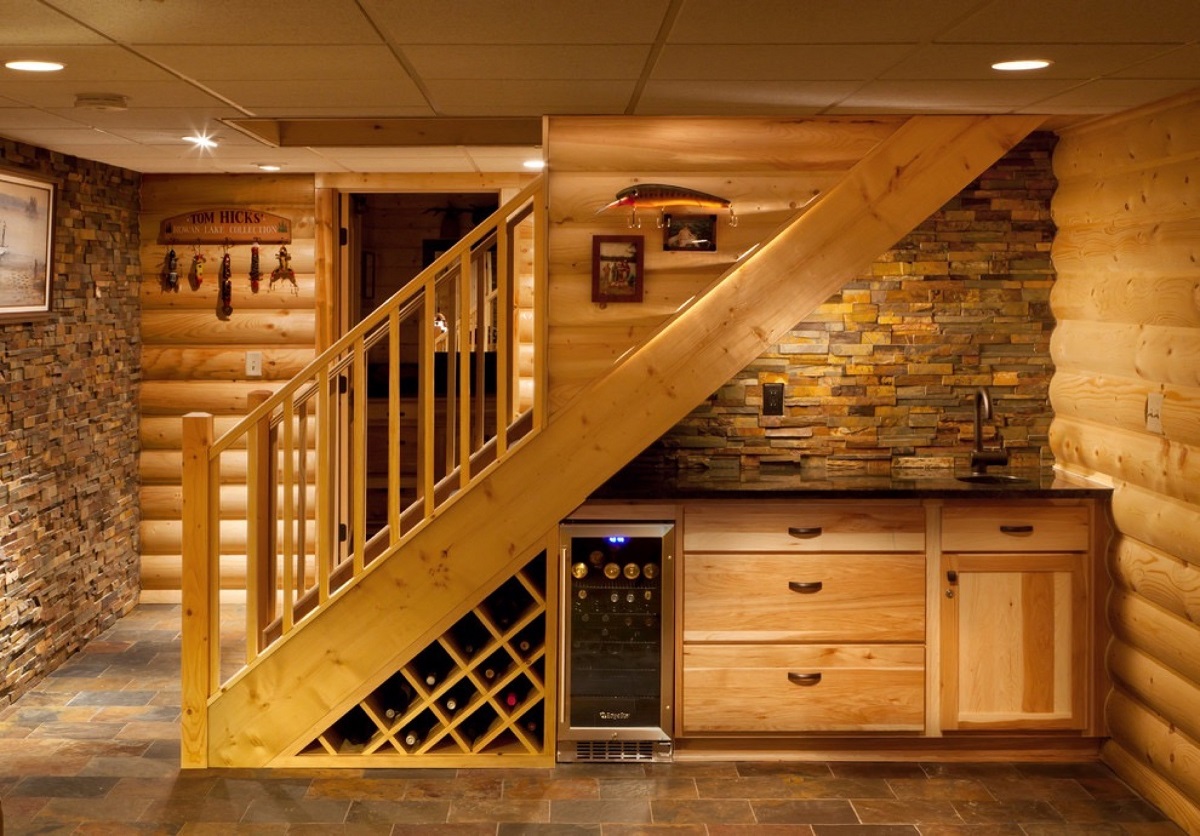

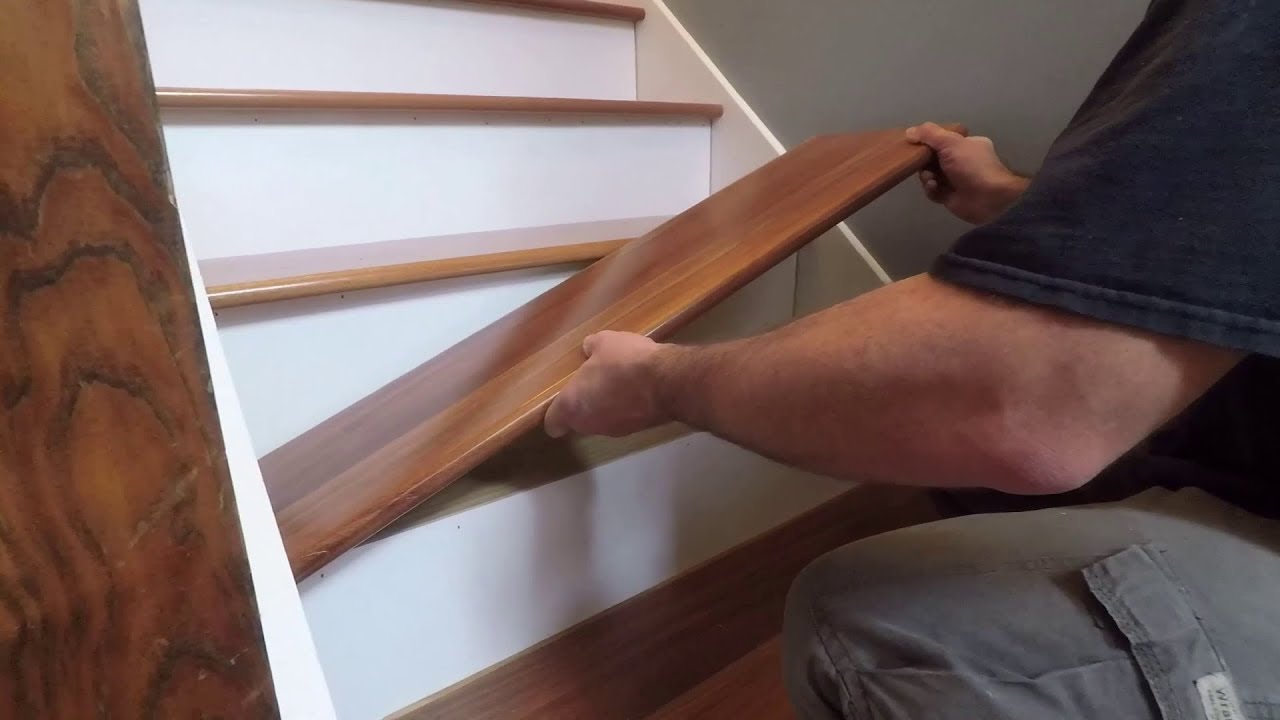
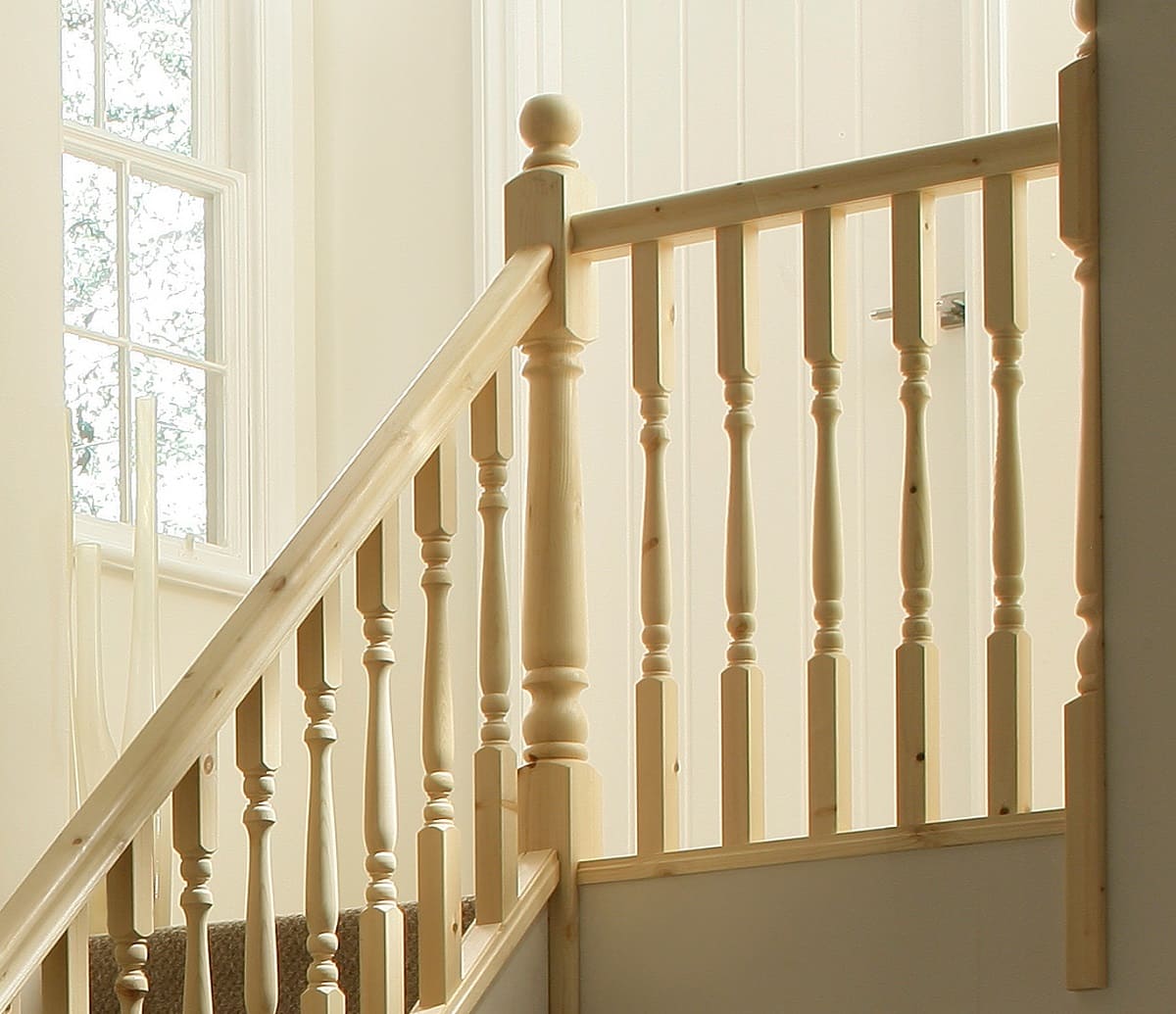

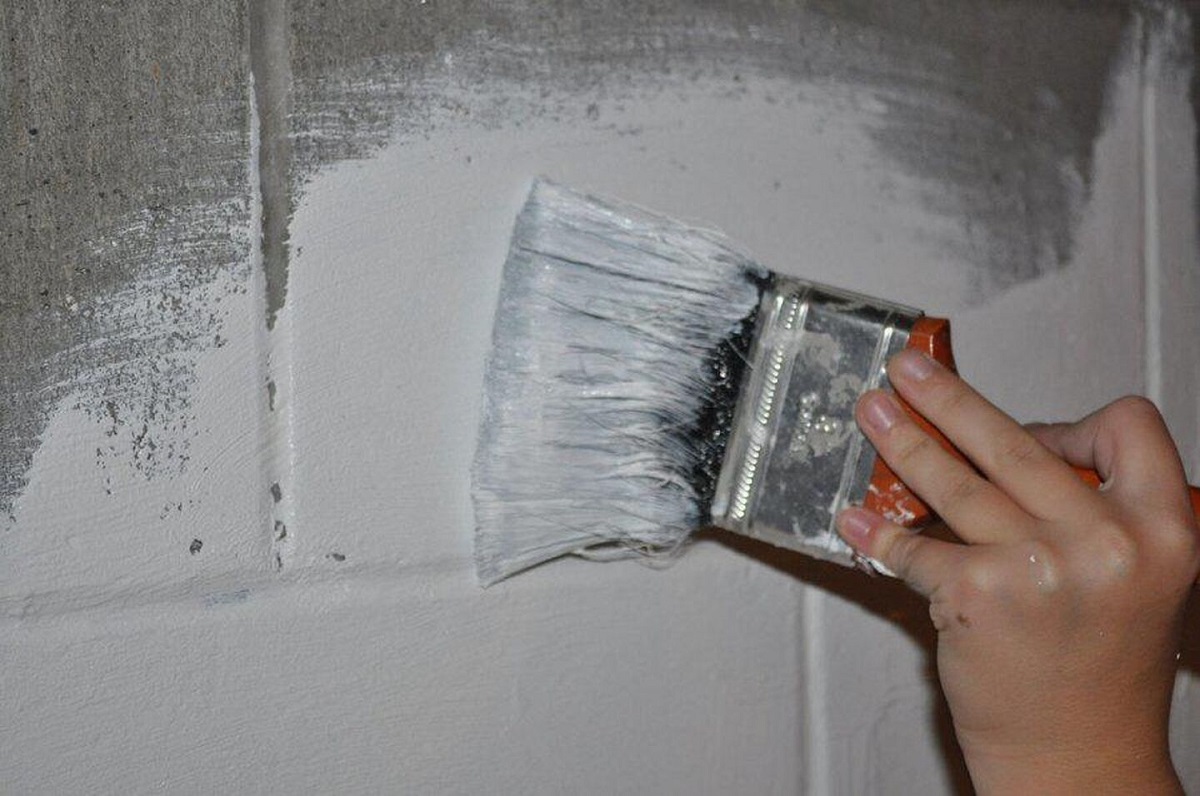
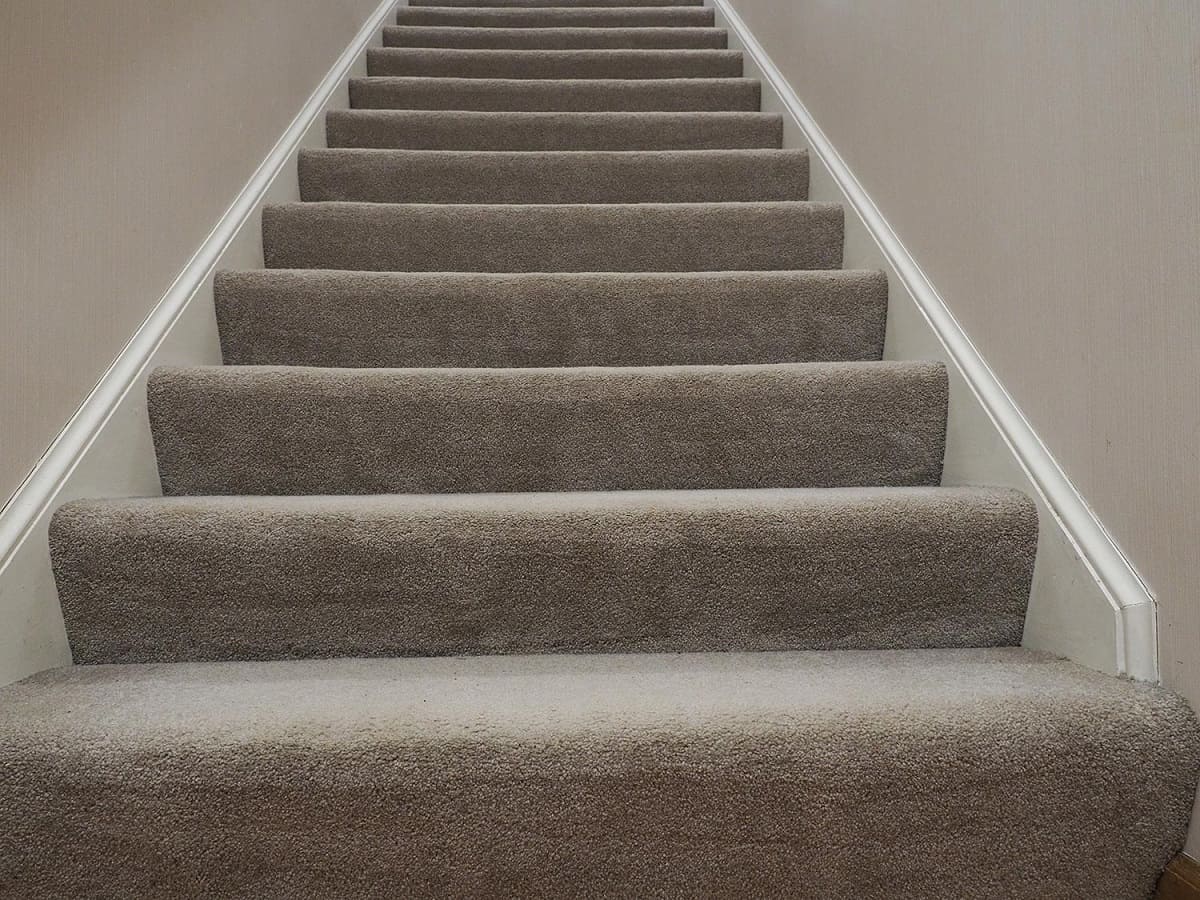

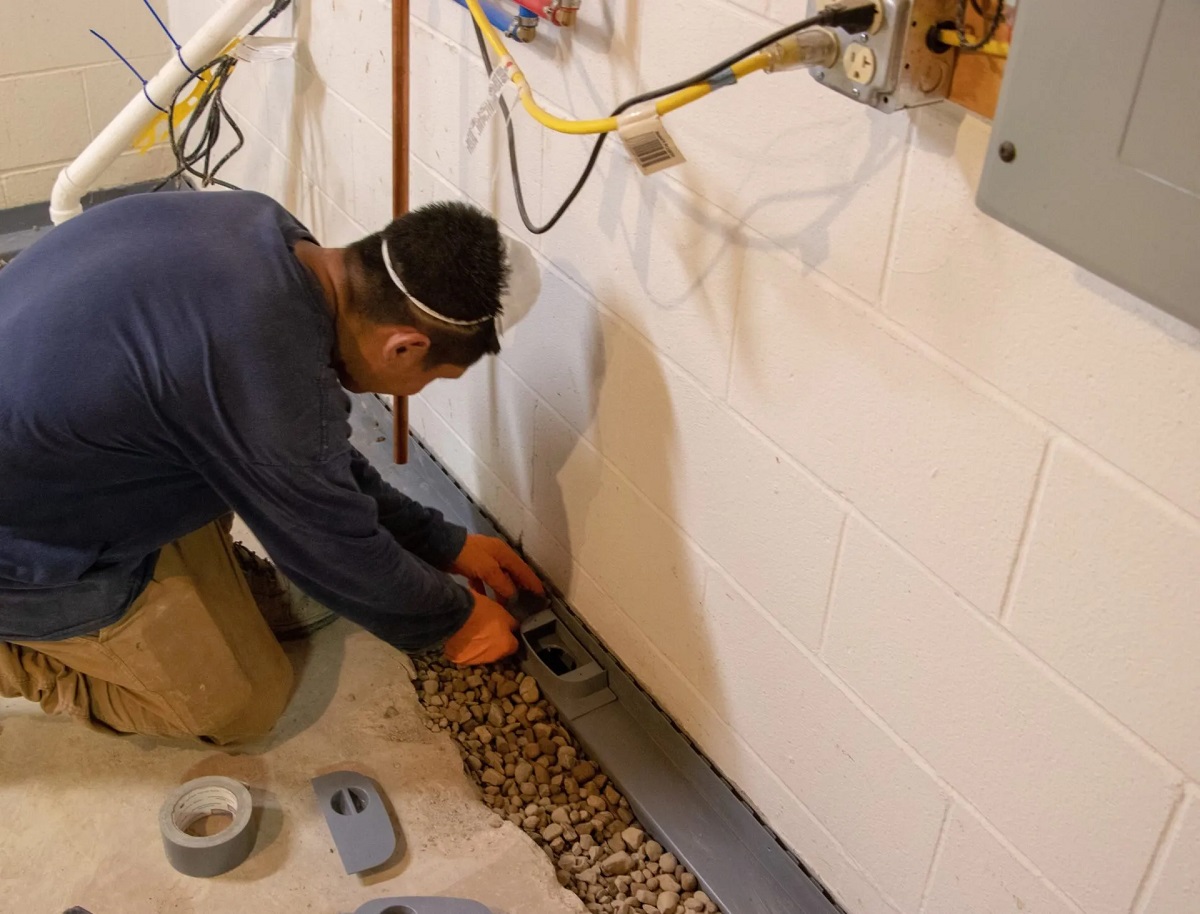
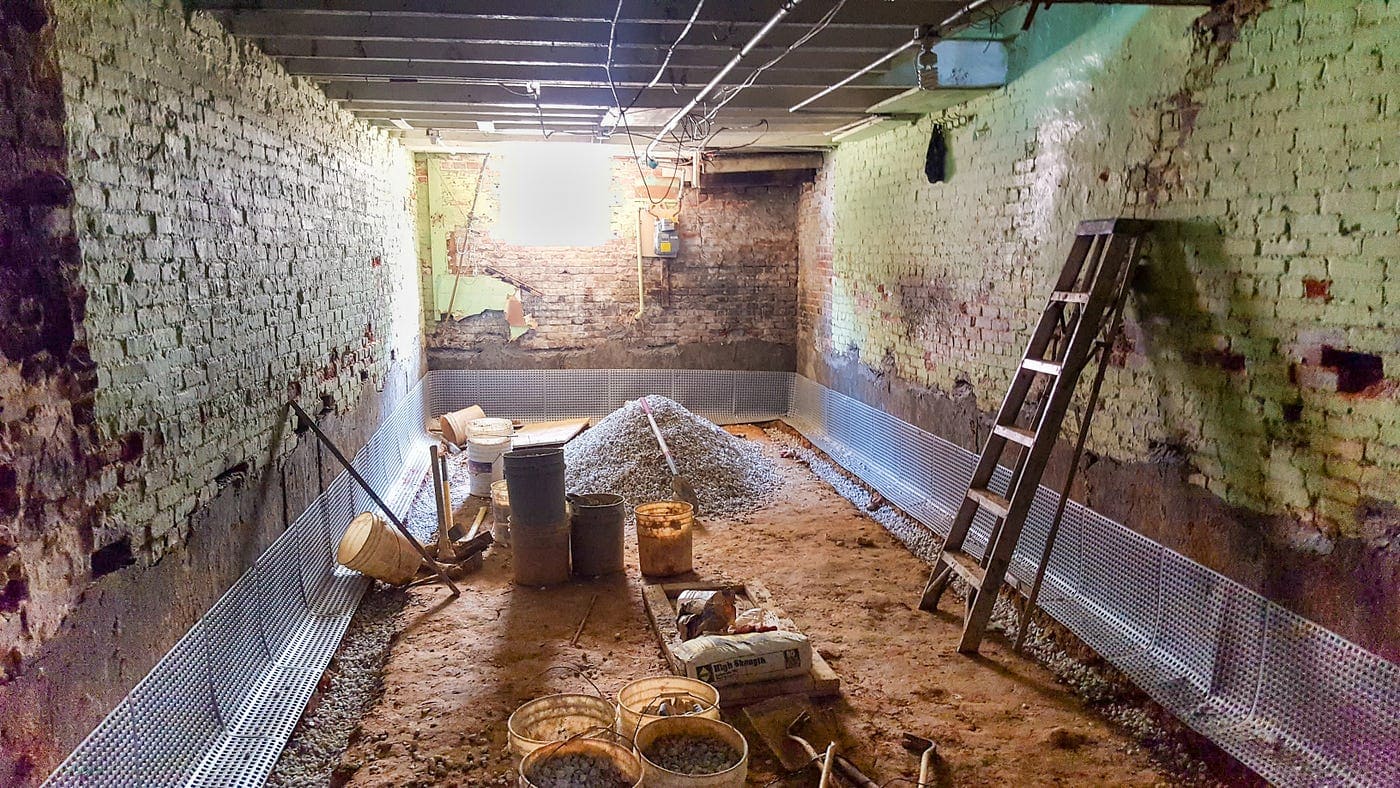
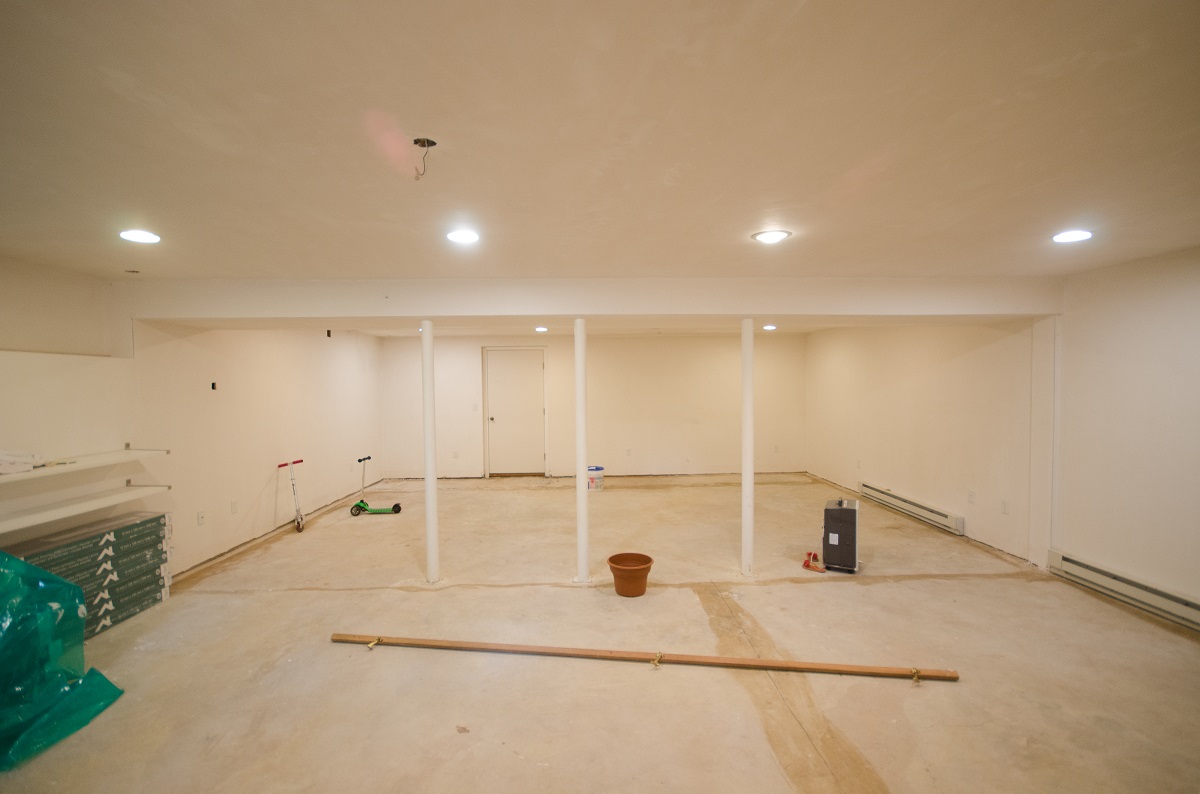
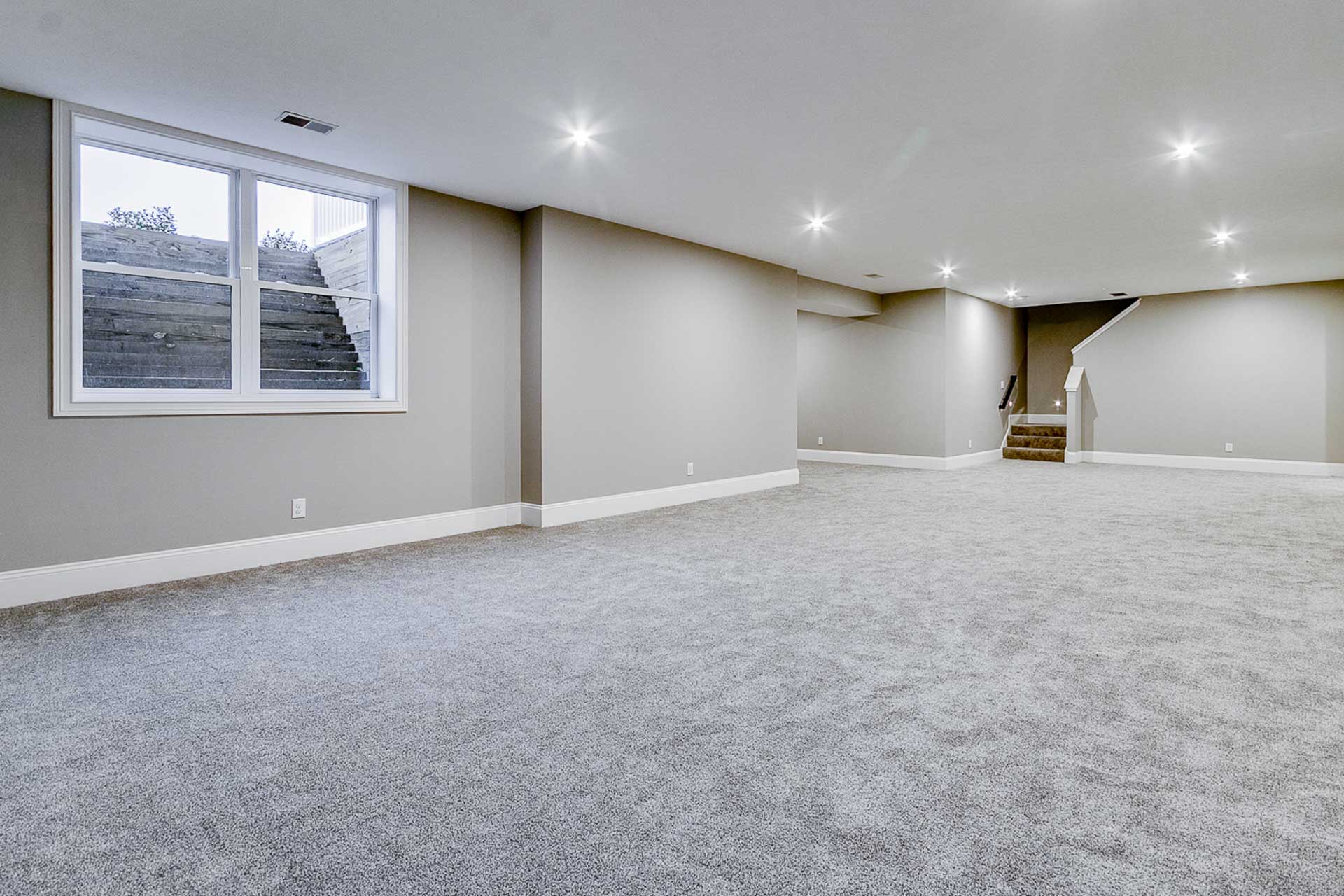
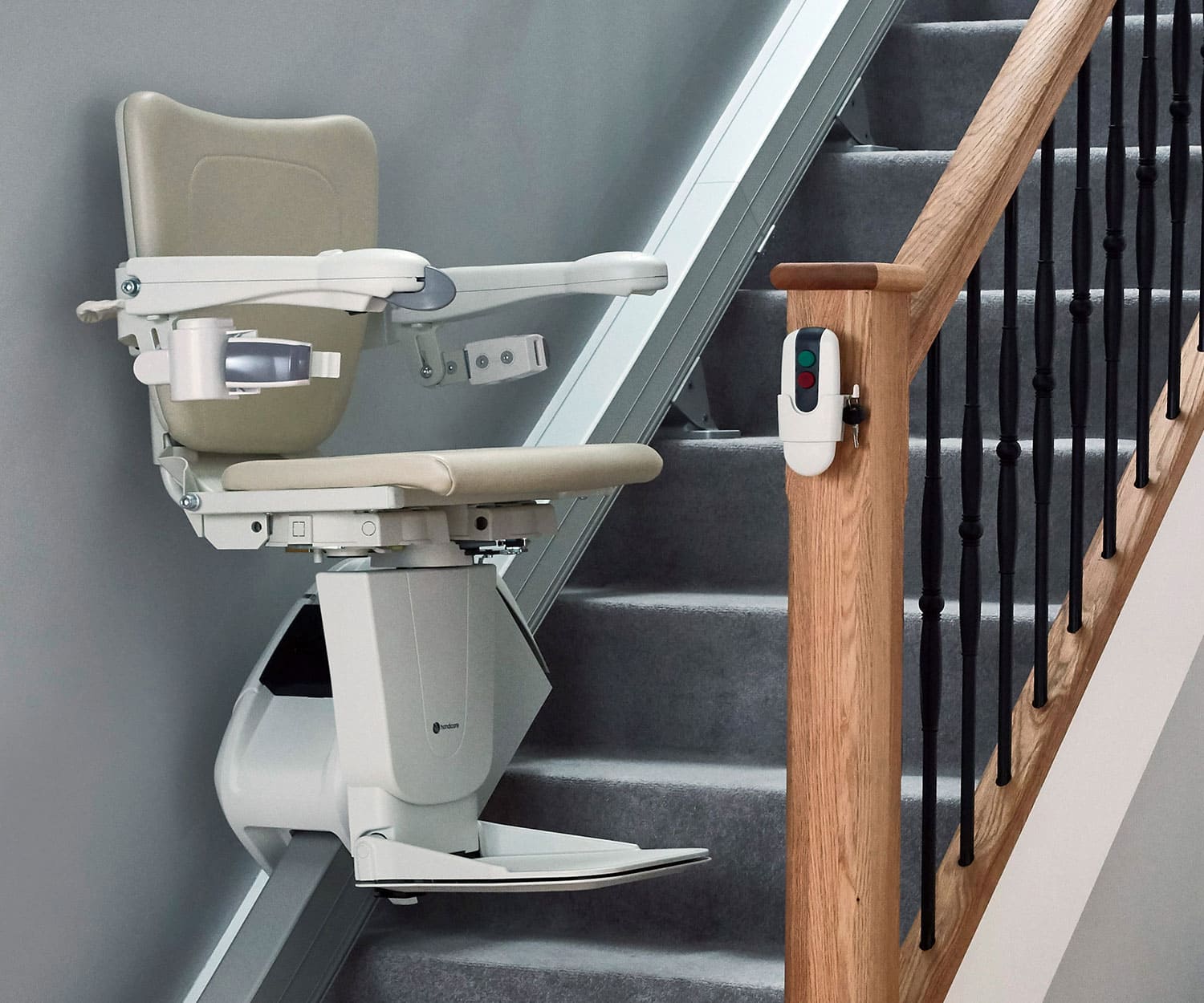

0 thoughts on “How Much To Replace Basement Stairs”